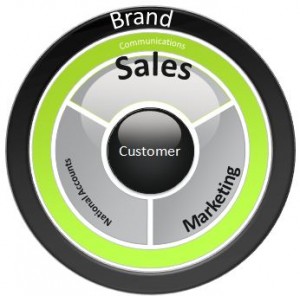Advisors are Less Willing to Compromise with Alternatives
Scott Welch of Fortigent recently wrote an interesting article (FundFire, subscription required) about how the mentality of high-net worth individuals has changed toward alternative investments. The big takeaway is his belief that retail-oriented, liquid alternative products will take significant market share from traditional hedge funds and fund-of-funds.
Turning toward advisors’ dealings with clients, Scott says:
An important question advisors can ask high-net-worth clients is, What is an acceptable trade-off between performance, liquidity, leverage and transparency?
A good question, but I don’t think this is the precise question to ask for two reasons:
- Performance isn’t part of the tradeoff equation anymore. Hedge funds underperformed the broader markets in 2010 and had a slow start to 2011. The time of assumed outperformance of limited partnerships compared to more liquid vehicles is passing.
- Without home-run performance, the other variables become non-negotiables. Lousy liquidity terms? Poor transparency? Advisors will just take a pass.
These points reinforce what Scott is getting at – alternative products in retail packaging have huge potential. Advisors are not going to want to choose among performance, liquidity, leverage, and transparency. They’re going to want it all.






